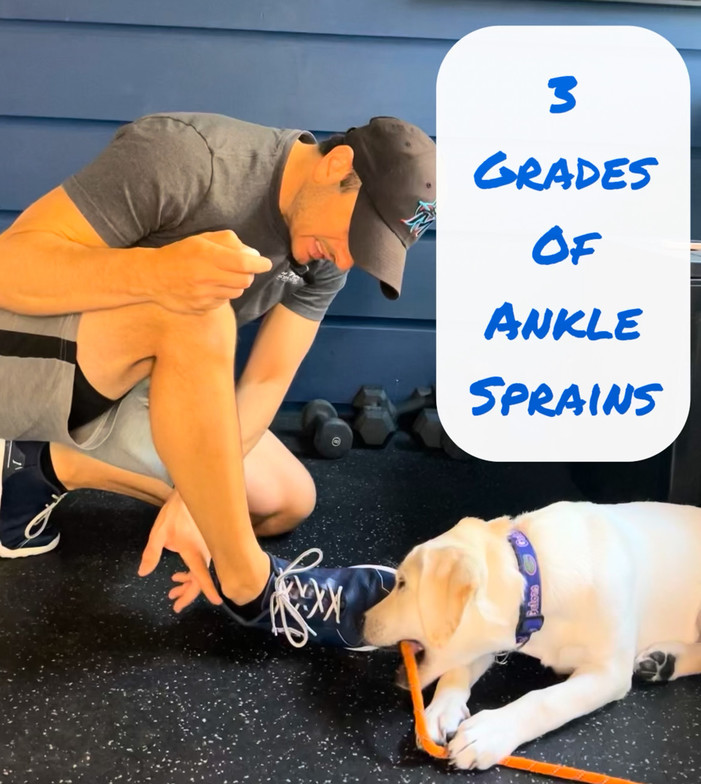
An inversion ankle sprain is one of the most common ankle injuries, especially among athletes, runners, and active individuals. This type of sprain happens when the foot rolls inward, overstretching or tearing the lateral ligaments—most commonly the anterior talofibular ligament (ATFL) and calcaneofibular ligament (CFL).
Understanding the different grades of ankle sprains, their healing times, and the tests used for diagnosis can help ensure faster, safer recovery and reduce the risk of long-term ankle instability.
What Is an Inversion Ankle Sprain?
An inversion ankle sprain occurs when your foot turns inward unexpectedly, often while walking on uneven ground, jumping, or landing awkwardly. This motion overstretches the ligaments on the outside of the ankle, which are responsible for stability and support.
The 3 Grades of Inversion Ankle Sprains
Grade I Ankle Sprain: Mild
-
Ligaments are stretched but not torn
-
Symptoms: mild tenderness, slight swelling, no major instability
-
Healing time: 1–2 weeks
-
Treatment: Rest, ice, compression, elevation (RICE), and gentle mobility exercises
Grade II Ankle Sprain: Moderate
-
Partial ligament tear with moderate symptoms
-
Symptoms: more swelling, bruising, pain with walking, mild to moderate instability
-
Healing time: 3–6 weeks
-
Treatment: RICE, bracing, physical therapy, balance and strengthening exercises
Grade III Ankle Sprain: Severe
-
Complete ligament rupture
-
Symptoms: severe swelling, deep bruising, difficulty bearing weight, ankle instability
-
Healing time: 8–12 weeks or longer
-
Treatment: Immobilization, physical therapy, and in some cases, surgery
Clinical Tests for Diagnosing Ankle Sprains
To confirm the severity of your inversion ankle sprain, healthcare providers use orthopedic tests, including:
-
Anterior Drawer Test: Assesses the anterior talofibular ligament (ATFL) for looseness or tearing.
-
Talar Tilt Test: Evaluates the calcaneofibular ligament (CFL) for signs of instability.
If symptoms are severe or not improving, an X-ray may be ordered to rule out fractures, or an MRI to assess soft tissue damage.
Best Treatment Options for Ankle Sprains
Treatment depends on the grade of the sprain, but early intervention is key. The most common and effective options include:
-
RICE Protocol in the acute phase
-
Ankle strengthening exercises (e.g., ankle pumps, isometrics, and balance drills)
-
Progressive weight-bearing and mobility training
-
Manual therapy, dry needling, laser therapy, or kinesiology taping in more advanced rehab settings
-
Surgical consultation if the ankle remains unstable or chronically sprained
Ignoring an ankle sprain—even a mild one—can lead to chronic instability, reduced performance, and a higher risk of re-injury. Understanding the types of ankle sprains, recognizing symptoms, and following a proper treatment plan based on your ankle sprain grade and healing timeline can make all the difference.
If you’ve recently rolled your ankle and are unsure how serious it is, seek evaluation from a licensed healthcare provider or physical therapist to get a personalized rehab plan and prevent long-term complications.

Dr. Steve Muscari
Contact Me

.jpg)


